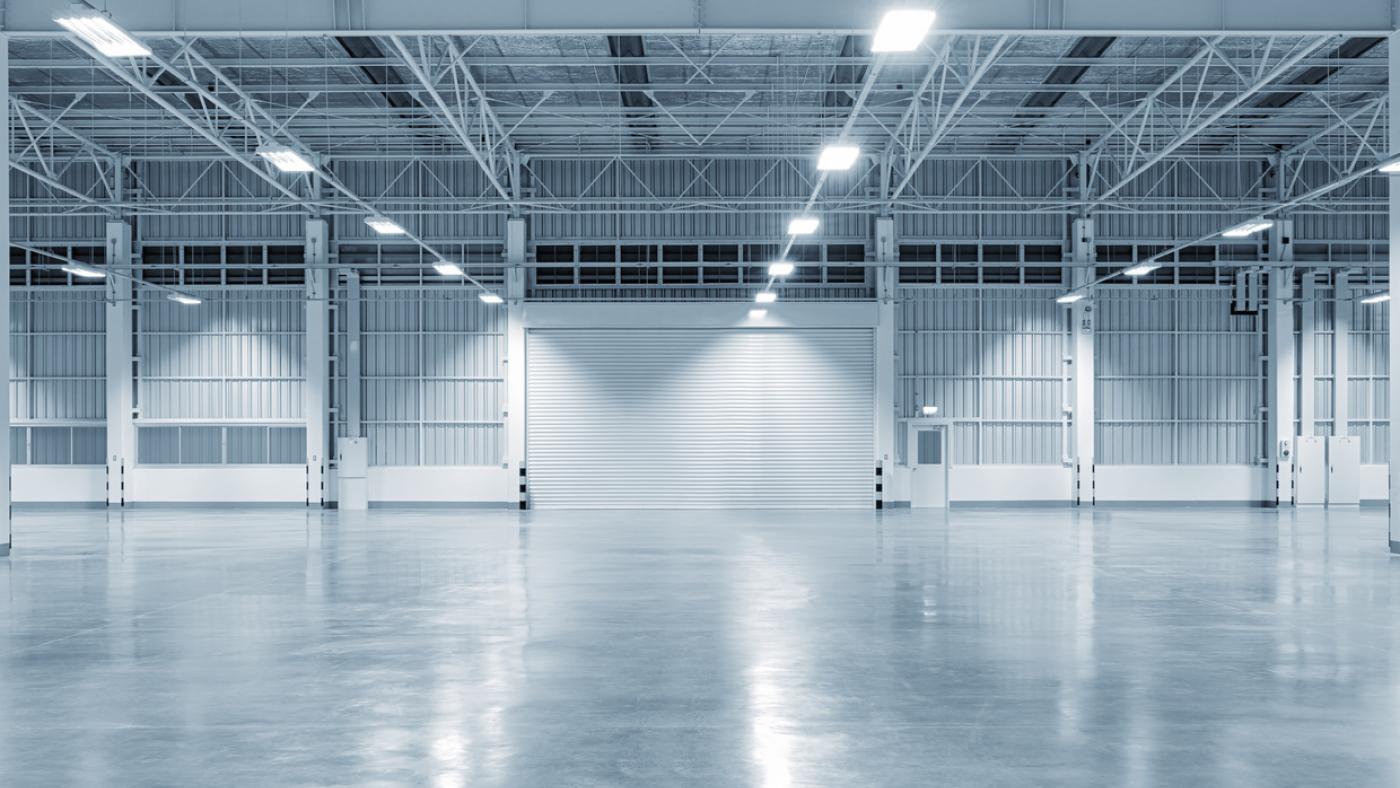Low rates and the high demand for net lease properties have helped to keep cap rates near record lows. According to Real Capital Analytics, cap rates have been maintaining a fairly steady level. The current average of 6.3 percent has moved only a slight 10 basis points higher or lower over the past four years. “We don’t think cap rates are going to change dramatically. With yield-driven investors continuing to look for solid investments, we think interest rates will remain low and investor demand will maintain cap rates at current levels,” says Sabatini.
Respondents see a wide range of net lease cap rates in markets where they operate, which is not surprising considering the differences in supply and demand that influence pricing dynamics in individual markets and property types. Overall, the estimated mean for the current cap rate was 5.9 percent, which reflects a 20 basis point drop compared to 6.1 percent in the 2019 survey.
What is notable in the current survey is that more respondents anticipate no change in cap rates over the next 12 months at 44 percent. Last year, predictions for cap rates were more mixed, with 25 percent who said there would be no change. Looking ahead over the next year, a majority of respondents (69 percent) also believe that the risk premium (i.e., the spread between the risk-free 10-Year Treasury and cap rates) will remain the same.
“We expect that the net lease market will continue to be vibrant in terms of transaction flow and participants,” says Christopher H. Volk, CEO of STORE Capital Corp. “Should interest rates be sustained at low levels, we believe that the need for income will attract added participants and potentially put pressure on cap rates.” STORE Capital’s investor guidance for 2020 called for a modest 10 basis point decline in cap rates. Cap rate movements will be dependent on the availability of debt financing and the cost of that financing. So, lower interest rates may not impact cap rates if lenders also lower advance rates or accelerate loan amortization periods, he adds.


